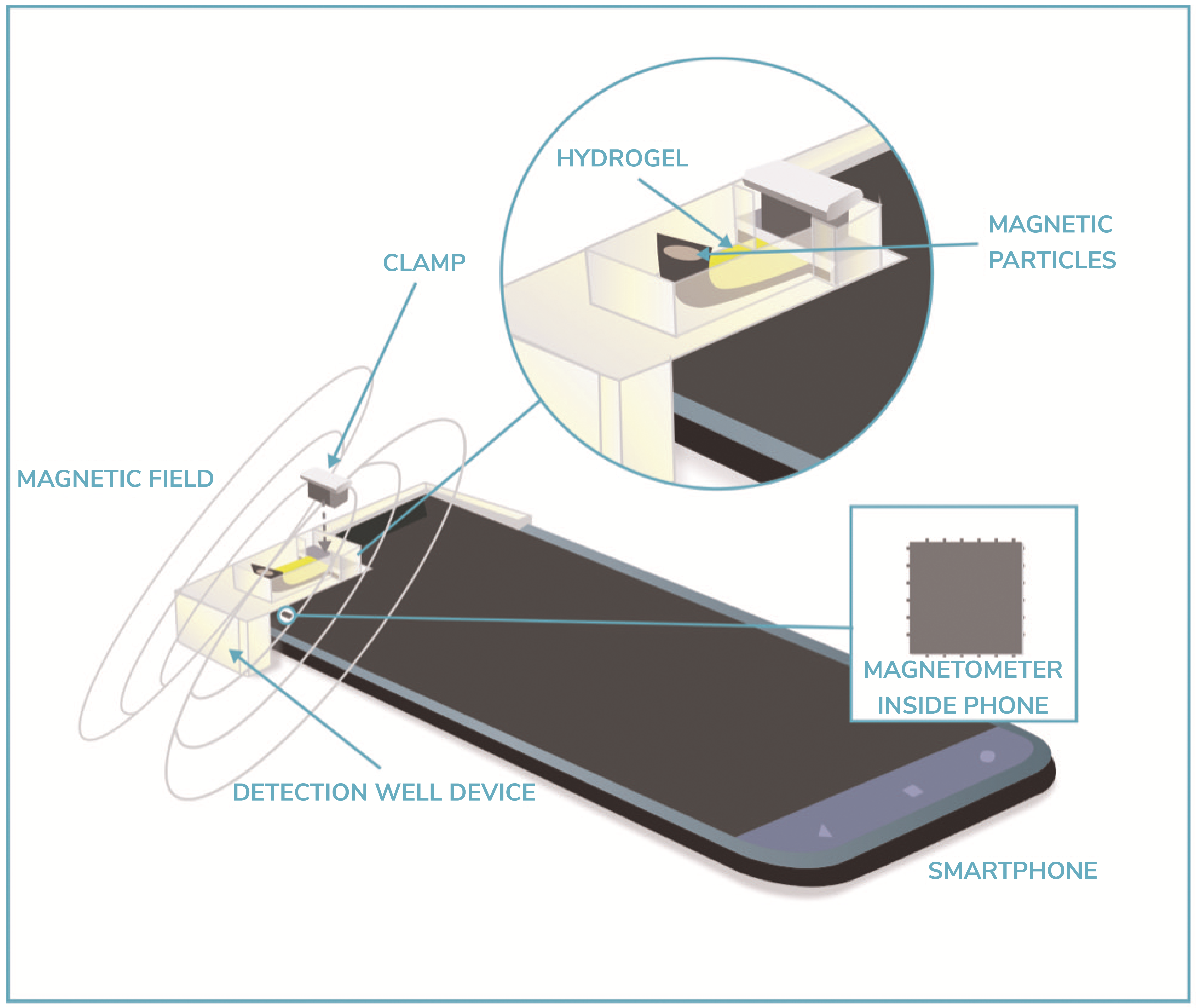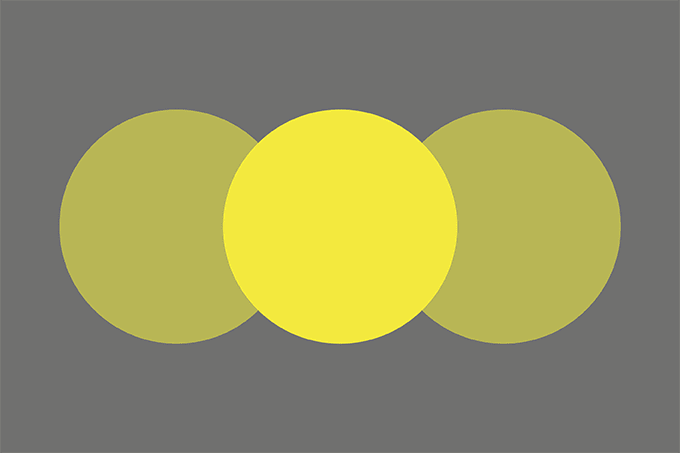
Credit: K. Dill/NIST
Smartphone-based diagnostics platforms are readily available; however, they often employ the phone’s camera and such optical-based diagnostics can suffer from scattering in murky samples, autofluorescence in biological samples, varying background lighting levels out in the field, and may not work at all in opaque samples.
To move closer to the ideal of truly democratized personalized healthcare with real-time biomarker monitoring, two researchers at the National Institute of Standards and Technology (NIST) turned to another handy smartphone feature – the compass (or rather the magnetometer) – to accurately measure glucose concentrations (1).
“Magnetic sensing is inherently quantitative and may lower the complexity and cost of the external attachments to the smartphone,” says Gary Zabow, Leader of the Magnetic Imaging Group at NIST, who developed the platform alongside postdoctoral researcher in applied physics, Mark Ferris.
Their platform consists of the smartphone, a small plastic attachment similar to a standard phone case, which provides a well where the liquid sample is placed, and a “test strip” made from hydrogels. “The free end of the strip has embedded magnetic particles and will bend in response to the target analyte, moving the magnetic particles away from the phone magnetometer – which causes a change in magnetic field strength that can be recorded by the phone,” explains Zabow.
In their proof of concept study (1), the researchers achieved glucose detection down to single-digit micromolar concentrations, “with potential for extension to nanomolar sensitivities,” according to the authors. The team is currently experimenting with the hydrogel test strip geometry to improve overall performance.
“Work remains to improve the device, but we can envision a future product where the only training required is similar to, if not easier than, the instructions included with an at-home COVID test strip,” says Ferris.
Going forward, the researchers believe they could adapt the hydrogel formulation so that multiple analytes could be measured to diagnose disease or detect environmental contaminants. Indeed, the authors are hopeful that the platform could expand and get adapted for a range of applications – from citizen science in remote and/or resource limited locations, to quality controls in chemical or biopharmaceutical plants, to portable sampling of lakes, rivers, streams, and groundwater, to in-office or at-home health monitoring that can replace laboratory testing.
Images for collage sourced from Adobe Stock
References
- M Ferris and G Zabow, Nat Commun, 15, 2801 (2024). DOI: 10.1038/s41467-024-47073-2.



